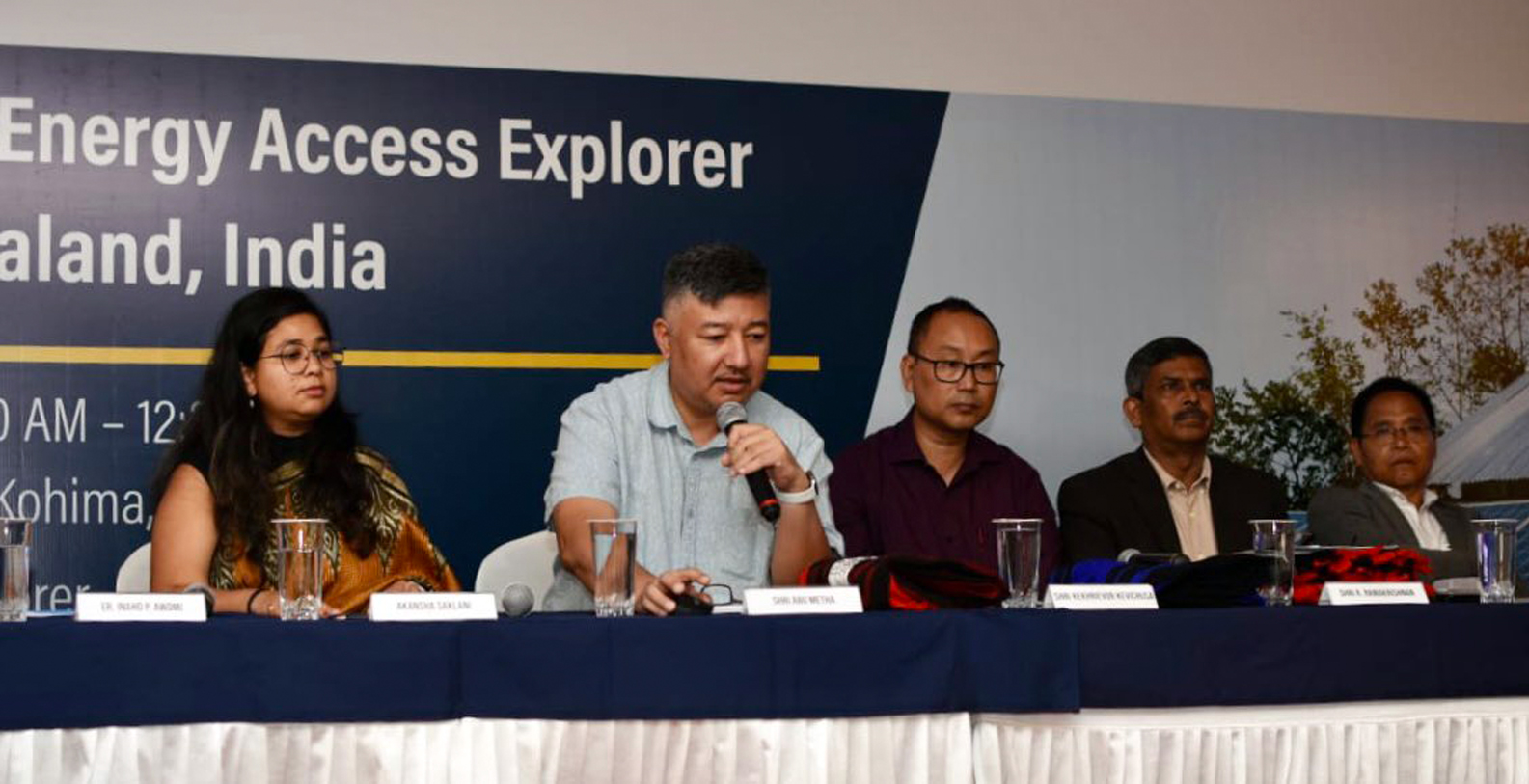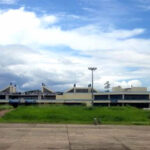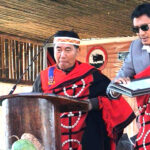Kohima, 28 July (MTNews): After successful launches in Jharkhand and Assam, the World Resources Institute (WRI) India has now introduced its flagship geospatial platform, the Energy Access Explorer (EAE), in the state of Nagaland. The platform was officially launched in Kohima on 28 July, aiming to provide crucial data on electricity, health, education, and livelihood indicators to aid policymakers, entrepreneurs, and governments in making informed decisions regarding sustainable energy access solutions for underserved communities and to expedite development.

Abu Metha, Adviser to Nagaland’s Chief Minister and Chairman of the Investment and Development Authority of Nagaland (IDAN), spearheaded the project’s launch. He expressed optimism about the EAE playing a pivotal role in the state’s development and transforming its narrative. “Energy is a backbone for progress and development. Without energy, no progress is possible,” Metha emphasized.
The WRI India official involved with the project revealed that approximately one-third of Nagaland’s 434 sub-health centers and 12% of its 2,074 government schools lack access to electricity. As many of these facilities are situated in remote regions, finding innovative solutions to meet the energy demands of social infrastructure becomes paramount for achieving equitable development in the state.
Akansha Saklani, Manager of the Energy Program at WRI India, explained during the program that the EAE platform can integrate different data sets, allowing stakeholders to visualize the state of each sector accurately. By overlaying the Global Horizontal Irradiation data with existing demand information, they can determine the most efficient ways to solarize these underserved communities, Saklani added.
Beyond offering energy access-related solutions, the EAE can also contribute to the decarbonization of the health and education sectors by implementing decentralized renewable energy systems. This aligns with India’s ambitious goal of meeting half of its energy needs from renewables by 2030 and achieving net-zero emissions by 2070.
Notably, the EAE has already been successfully implemented in six sub-Saharan countries in Africa, including Kenya, Tanzania, Uganda, Ethiopia, Zambia, and Nigeria, besides its presence in India’s Jharkhand, Assam, and now Nagaland.
Energy Access Explorer: Brief Background
Energy Access Explorer (EAE) is an online, open-source, interactive, geospatial platform that will provide an opportunity to visualize development indicators, and aid decision-making to accelerate development of the state. The platform will aid a variety of stakeholders, including those working in the energy sector (the electricity utility and renewable energy development agencies), healthcare, education, and other development service delivery sectors, that represent government, grassroots organizations, social enterprises as well as social investors and donors. The platform also visualizes the sectoral data at the district level to get a bird’s eye view of how the districts are performing and areas of interest can be filtered.



